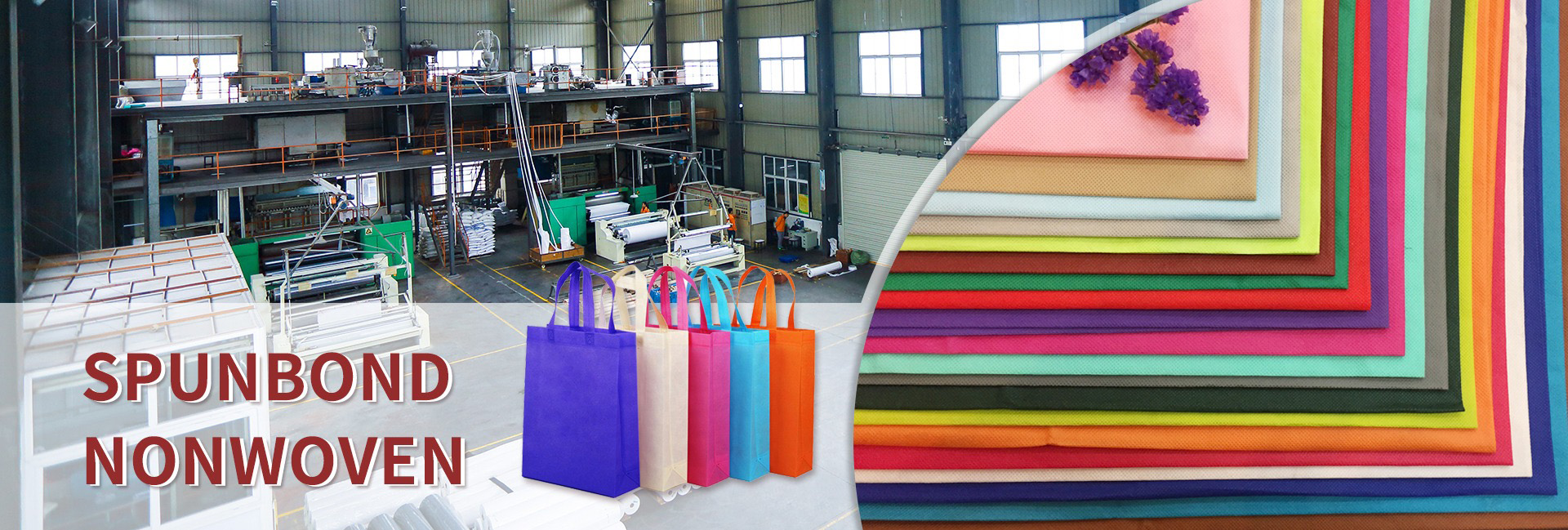Perforated Nonwoven Fabric is a functional material that forms regular holes on the basis of traditional nonwoven fabrics through physical or thermal processing. Its core value lies in actively creating a pore structure to solve the limitations of natural pores in nonwoven fabrics. It is widely used in the fields of hygiene, medical treatment, filtration, etc. The following is a systematic analysis:
The core purpose of perforation
Directional function enhancement
Liquid management, conical micropores (pore size 0.5-2mm) are punched on the surface of sanitary napkins and diapers to achieve one-way liquid guidance (liquid rapid penetration, preventing reverse osmosis); air permeability is improved, micropores (pore size 10-50μm) are punched in medical protective clothing to balance barrier properties and wearing comfort; enhance adsorption/filtration, air filter material punching expands the effective contact area and improves particle capture efficiency.
Touch and structure optimization
Punching reduces fiber hard knots and avoids skin friction irritation (such as wet wipes and mask base fabrics). The fibers around the holes are melted and reorganized to improve local strength and prevent tearing of the hole edges (compared with traditional cutting holes).
Punching technology
1. Hot pressing perforation (mainstream process)
Equipment: Heating roller (surface convex teeth) + matching concave roller/elastic roller.
Process:When the thermoplastic fiber web (PP/PE/PET) passes through the high-temperature roller (100-160℃), the fibers at the convex tooth contact point melt; mechanical pressure pierces the cloth surface to form a conical hole (large at the top and small at the bottom); the concave roller cools and sets the shape, and the fiber on the hole wall solidifies and seals.
Advantages: precise hole shape, anti-reverse seepage, high production capacity (speed can reach 500m/min).
2. Hydroentanglement synchronous perforation
Equipment: perforation mold with convex points + high-pressure hydroentanglement head (pressure 10-25MPa)
Process: The fiber web covers the perforation mold, and the hydroentanglement water flow impacts the convex point area; the water flow pushes the fiber displacement and entanglement, and at the same time forms a hole on the top of the convex point; instant dehydration and setting.
Advantages: energy saving (50% power saving compared to traditional flat net punching machine), no burrs on the edge of the hole.
3. Ultrasonic perforation
High-frequency vibration (20-40kHz) causes frictional heat generation in fiber molecules, resulting in local melting and perforation.
Applicable to ultrafine fiber non-woven fabrics (such as meltblown fabrics), with pore sizes as small as 20μm.
Key parameters of pore structure
Parameter Typical range Functional impact
Aperture 0.1mm – 5mm Liquid penetration rate, particle filtration accuracy
Pore density 10 – 200 holes/cm² Air permeability, effective material strength retention rate
Pore type Conical/cylindrical/square hole Liquid conduction directionality, anti-compression collapse
Pore distribution Uniform/gradient/patterned Functional zoning design (such as sanitary napkin diversion groove)
Case: Conical holes are punched on the surface of baby diapers (aperture 1.2mm, density 40 holes/cm²), liquid penetration time <1 second, reverse osmosis amount <0.1g.
Material and process adaptation
Fiber type:
Thermoplastic fiber (PP/PET): suitable for hot pressing/ultrasonic perforation, hole edge melting seal to prevent shedding.
Natural fiber (cotton/viscose): requires hydroentanglement or later composite perforation to avoid fiber breakage.
Base cloth weight:
Low weight (15-30g/㎡): hydroentanglement perforation to prevent tearing.
High weight (>50g/㎡): hot pressing perforation to ensure penetration.
Core application scenarios
Sanitary products (accounting for more than 70%)
Sanitary napkin/diaper surface: conical hole diversion to prevent reverse osmosis; wet wipes/dry wipes: improve liquid diffusion and wiping softness.
Medical protection
Surgical gown/isolation suit: micropores balance bacteria resistance (>99%) and breathability; medical dressings: pores promote wound exudate absorption.
Industrial filtration
HEPA filter element perforation: reduce wind resistance and extend service life.
Packaging and agriculture
Fruit preservation bags: regulate gas exchange rate; agricultural covering film: precise weed control and water permeability.
Difference between perforation and natural pores
Characteristics Perforated non-woven fabrics
The pore structure of perforated non-woven fabrics has regular geometric shapes and controllable size; the liquid conduction performance is directional penetration (such as unidirectional flow conduction); strength loss, pore strengthening, strength retention> 80%; functional design freedom, customizable pattern/density/pore size.
Natural pore non-woven fabrics have random fiber gaps and uneven pore structure; liquid conduction performance is isotropic and easy to reverse osmosis; strength loss, pores are mechanical weak points; functional design freedom depends on fiber arrangement.
Industry trends
Micropore precision: laser perforation technology achieves 5μm pore size for high-end biofilter materials.
Green process: hydroentanglement perforation replaces hot pressing, reducing energy consumption by more than 30%.
Compound functional pores: bionic multi-level pore structure (such as lotus leaf effect hydrophobic pores + hydrophilic flow diversion pores).
Technological breakthrough: A solution to improve the strength of biodegradable PLA non-woven fabric after punching (enhancing the structure around the holes through nanofiber mesh) to solve the mechanical performance shortcomings of environmentally friendly materials.
Summary
Perforated non-woven fabric is a functional material that constructs regular holes on non-woven fabrics through active processing. Its core value lies in:
① Accurately control fluid behavior (such as one-way liquid guide, graded filtration);
② Break through the limitations of natural structures (achieving a balance between strength and breathability);
③ Enable scenario-based design (medical bacteria-blocking holes vs. agricultural light-transmitting holes).
In the future, with the advancement of micro-machining technology, the punching process will continue to evolve towards intelligence, low carbonization, and ultra-fineness.
Dongguan Liansheng Non woven Technology Co., Ltd. was established in May 2020. It is a large-scale non-woven fabric production enterprise integrating research and development, production, and sales. It can produce various colors of PP spunbond non-woven fabrics with a width of less than 3.2 meters from 9 grams to 300 grams.
Post time: Jul-06-2025

